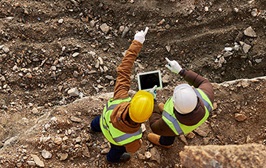Welsh Government issues building regulations circular on gigabit-ready housing requirements
The Welsh Government has published Building Regulations Circular WGC 001/2025 announcing the Building etc. (Amendment) (Wales) Regulations 2025, which will come into force on 1 July 2025. The regulations mandate gigabit-ready infrastructure and connections for new dwellings in Wales, with a £2,000 cost cap per dwelling. The amendments introduce new requirements 'RA1' and 'RA2' in Schedule 1 to the Building Regulations 2010, supported by new 'Approved Document R Volumes 1 and 2'. Transitional provisions will apply to building work where notices were given or plans were deposited before the regulations' commencement, on condition that the work starts within 12 months of implementation.





